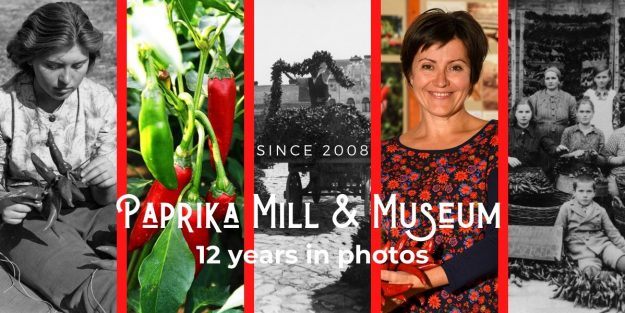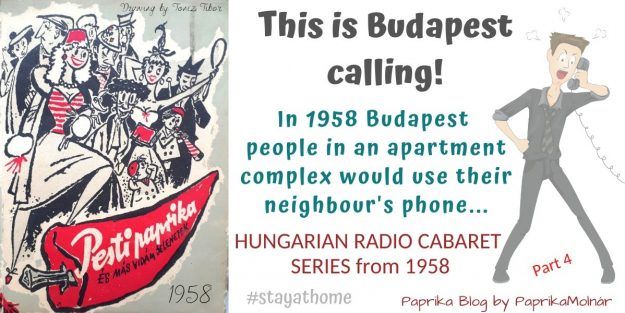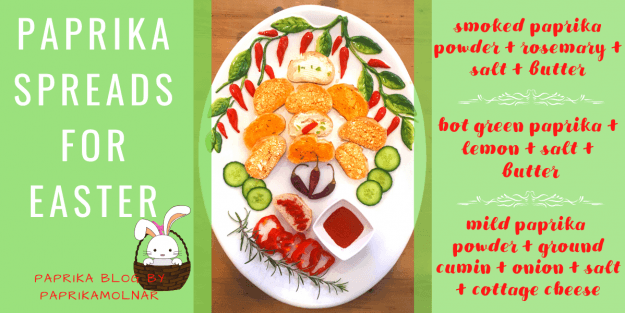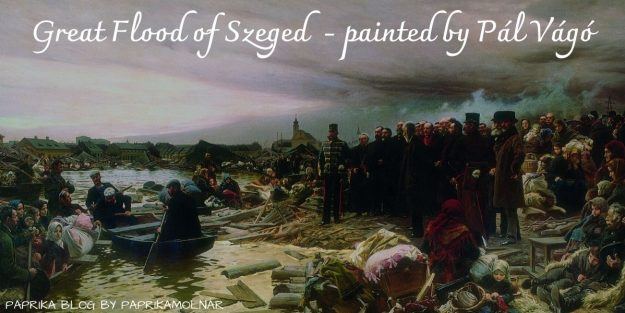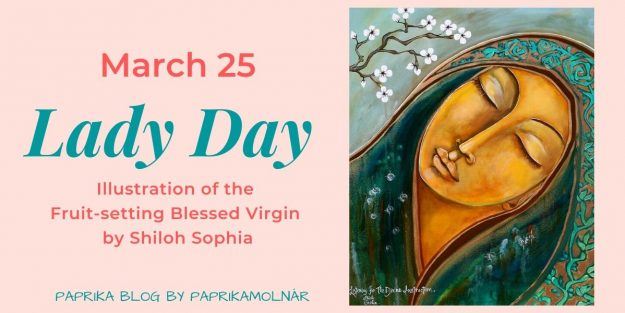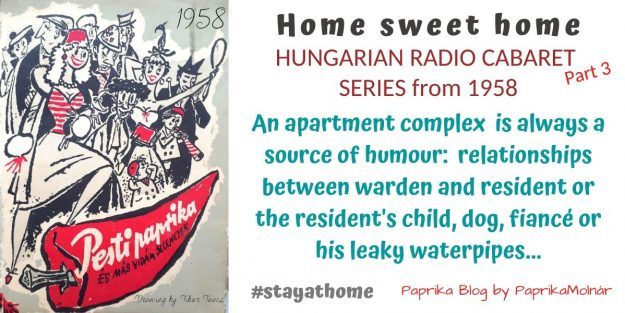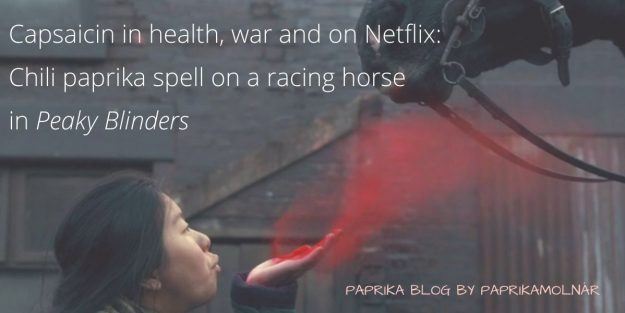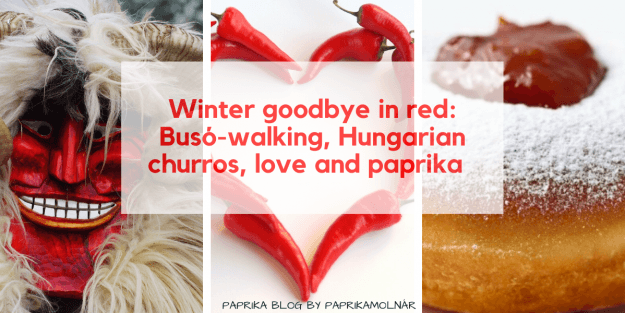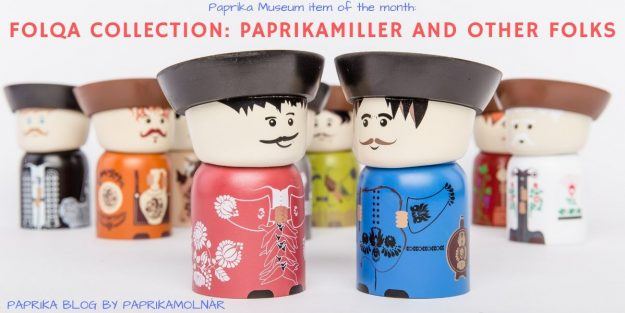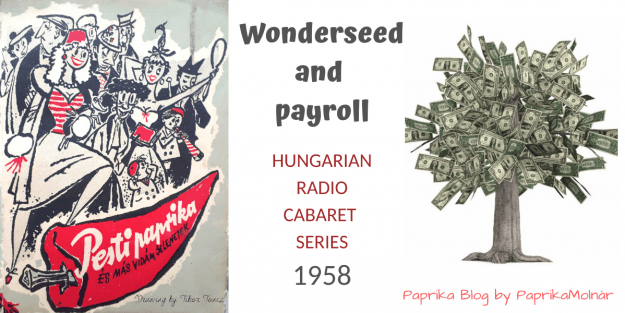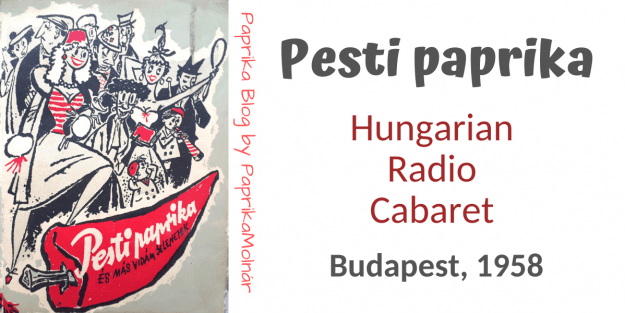Paprikamalom tulajdonos, paprikatörténeti múzeum alapító
In April we’re celebrating the 12th birthday of PaprikaMolnar’s Paprika Mill & Museum. (To be precise: the paprika Mill has been running for some 25 years, it was the Museum we created 12 years ago.) For the anniversary we’ve selected a few moments of the many many great moments we’ve enjoyed spending with colleagues, friends…
As coronavirus is making us stay at home these days, we’re relying more than ever on technology to keep in touch with work, family and friends. The Paprika Museum now picks a Hungarian cabaret scene that describes life in an apartment house in 1958 Budapest. Isn’t it ironic where humour comes from? 1958 Budapest, when…
Egg-painting, cooked ham and early-morning sprinkling of women and girls are all part of the Easter folk tradition in Hungary. In 2020 we might celebrate the holiday differently, some of the traditions will be definitely observed despite the quarantine. The Paprika Museum brings egg-decoration tips and paprika breadspreads to you for Easter. What do we…
March for Szeged people normally is the time to remember and celebrate the River Tisza. March 22 is World Water Day and March 12 is Flood Day in Szeged. This March we’re so preoccupied with the COVID-19 epidemic that we seem to have forgotten about the anniversary of the 1879 Great Flood of Szeged. I’d…
Although we’re experiencing a short winter return and COVID-19 virus news is depressing, let’s not forget to notice and feel grateful for SPRING coming. 25 March takes a special place in the Christian and rural folk calendar: it is the Feast of the Annunciation or Lady Day in the Christian Calendar. Hungarian language is beautifully…
As the coronavirus disease is making us stay at home these days, we picked an old Hungarian cabaret scene that describes life in an apartment house in 1958 Budapest. Home, sweet home might sound ironic, but we all need a little laugh nowadays. Pesti paprika on radio In 1958 the Hungarian Radio broadcast a three-part…
Capsaicin is a compound in chilis and paprikas that causes hot sensation in the mouth. We’ve written about it before, people like to hear about it in the Paprika Museum, but we like to return to the topic, because it is the capsaicin that makes spice paprika popular as food. Hot food is thought to…
The Paprika Museum item of the month series continues. For February we selected a funny folk, the Folqa Paprikamiller. This month we selected a small round hand-embroidered placemat from Kalocsa and placed it on top of an old tin water can to add accent and more meaning. This is a piece of art that represents…
We’re in the middle of the carnival season, which in western Christian calendar is marked with parading, dancing, eating and merry-making. Colourful costumes, masquerades and masks, people engaging in earthly pleasures like eating and drinking, partying and dating are all hallmarks of the season. This time is intense with colours and images. The colour red,…
The Paprika Museum item of the month series continues. Last month we portrayed the porcelain Paprika-stringing woman from Hollóháza. She is fragile, young and is performing one of the simplest activities in paprika processing. This time we’re displaying a more robust male character who’s representing paprika expertise. The Paprika Museum item we picked this time…
In 1958 the Hungarian Radio broadcast a cabaret series under the name Pesti paprika. The cabaret scenes are sassy, witty and funny and they give a whole new meaning to the terms “paprika” and “spice”. According to the cabaret host, Pesti paprika is a lot older than Szegedi paprika, it is as old as Buda…
We’re now publishing a new literary series under the title Pesti Paprika. We’ve done this before with our literary series on Szeged called Paprika is in the air. Back in 1958 the Hungarian Radio broadcast a three-part cabaret series under the name Pesti Paprika. The cabaret scenes are sassy, witty and funny. They tell stories…

